A Remarkable Story at the Back of an Irish Pub.
Today we head to Castletownbere on the Beara peninsula - and tell the story of an ordinary Irish man who lived through remarkable events.
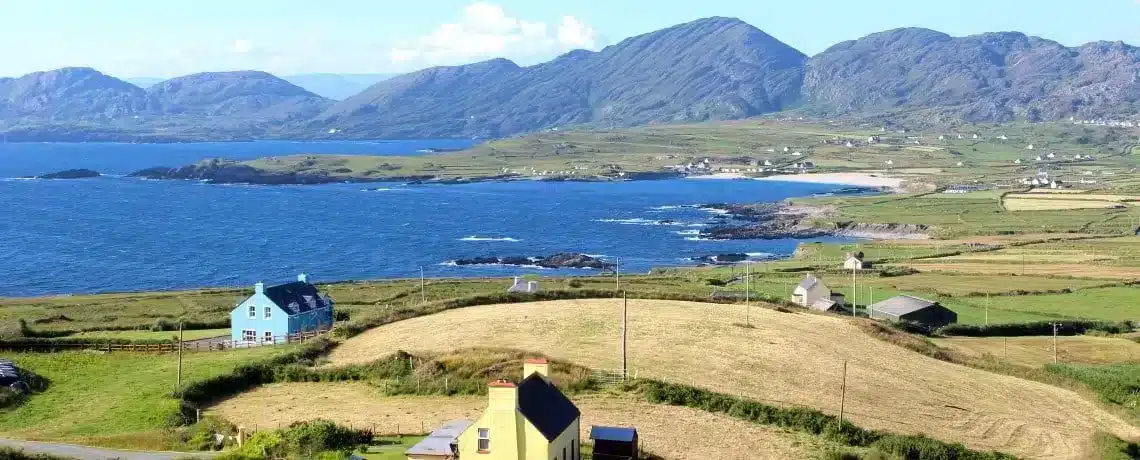
In times gone by, the first weekend in August was the start of the “builder’s holiday”. Our own family used to all pile into the car on the Friday night and head off to the wilds of Ballydehob in West Cork for a fortnight of laying about and not doing much at all.
We really must head back and visit that part of the world in the near future! I’m having a cup of water from the well this morning – so do join me now with a cup of whatever you fancy yourself as we start into today’s letter.
Today, we are going a little further west than Ballydehob, all the way to Castletownbere on the Beara peninsula – to follow the remarkable story of an ordinary Irish man.
The Road to McCarthy’s Bar.
Just last week, I published an older letter on the Blog – all about the book “McCarthy’s Bar” and the places the book covered in West Cork. Maybe you have read the book?
But bear with me now. Let us head into the same McCarthy‘s Bar in Castletownbere – right through the front door, to the back of the bar. There we find a beautiful Japanese ceremonial sword in a frame on the wall. You see, there is an amazing story behind this sword – the story of Doctor Aidan McCarthy of Castletownbere.
From Cork to Dunkirk to Nagasaki.
The pub is owned by Adrienne McCarthy – and her father, Aidan, was born in Castletownbere in 1913. Aidan studied to become a medical Doctor in University College Cork, but ended up emigrating for work like so many young Irish people. His journey led him to England, where he decided to sign up as a medic in the Royal Air Force at the beginning of the second world war.
He was present at the evacuation of Dunkirk in France in 1940 – sheltering from the bombardment for three days before eventually being rescued. The ship on which he returned to England was torpedoed, but stayed afloat – and Aidan tended to the wounded and dying on that slow journey back. He proved himself both mentally and physically tough over the coming months – receiving the George Cross for bravery – but he would need all of that toughness for what came over the next few years.
In late 1941, Aidan McCarthy was sent to help defend Singapore with his squadron of Spitfires and Hurricanes, but the city fell to the Japanese shortly after their arrival. McCarthy, along with thousands of other soldiers, was sent to a prisoner of war camp in nearby Java. While imprisoned there over next two years, he set up dietary regimes for the inmates to combat the meagre rations and constant disease. Simple survival must have been an achievement, among the summary executions, constant beatings, starvation diets and a brutal work regime.
In 1944, he was put on board a ship back to Japan with a thousand other prisoners. On the journey, the ship was torpedoed and all but 40 of the prisoners were killed in the attack. A Japanese ship picked up the survivors, but when they discovered they were Allied prisoners, they started to beat and kill the survivors, and then throw them overboard. Aidan did not wait for his turn, but chose to take his chances as he jumped over the side of the boat into the uncertain waters. As luck would have it, he was rescued and brought to Nagasaki in Japan where he was reinterred as a prisoner.
While there, he assumed his role as a medic – but he himself was the subject of many beatings, later requiring surgery to his arms and spine. You can only imagine how far away he felt from his friends and family in the quiet West Cork village of Castletownbere.
In August of 1945, the city of Nagasaki became the last city in the world to receive a direct nuclear attack. Aidan and his fellow inmates were inside an air-raid shelter during the bombing – when they emerged, not only was the entire camp levelled, but the entire city too. The scene must have been beyond words for those few living witnesses. Aidan quickly went to work, tending to the scorched bodies of the survivors as well he could. However, he and the surviving prisoners were rounded up and sent to yet another labour camp.
A few short weeks later, Japan surrendered and Allied troops moved into the area surrounding Aidan’s camp. It may have been Aidan’s philosophy and training as a doctor that led him to lock the camp commander into a room for his own safety – but that move saved the commander’s life as Allied troops marched into the camp with little appetite for mercy.
As a mark of gratitude, the camp commander presented Aidan McCarthy with his ceremonial sword – an incredible mark of respect and gratitude.
Aidan returned to England, retired from the RAF and married a girl from Galway. He continued to practice as a doctor in many parts of the world – apparently never losing his Cork accent. He went on to live a long life well into the mid 1990s, and it was only later in his life that he shared the stories of the horror of his experiences during the Second World War.
And that’s the story behind the sword that you will find at the back of McCarthy’s Bar in the small town of Castletownbere in West Cork – should you stop there for a sup of drink, a sandwich, or a few groceries even. We often expect to hear stories when we go into an Irish bar – but there we have to story of the bar itself, the sword and the amazing Doctor Aidan McCarthy.
How about you – do you have a similar story of survival and bravery in your family history? Do feel free to leave a comment below and share it if you do.
The story of Doctor Aidan McCarthy has been made into a just-released documentary – you can click here to see more or have a look at the book here on Amazon.
We’ll see you next week!
Slán, Mike and Carina

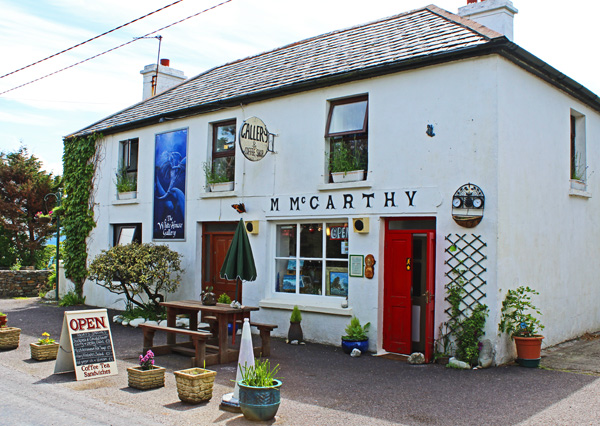

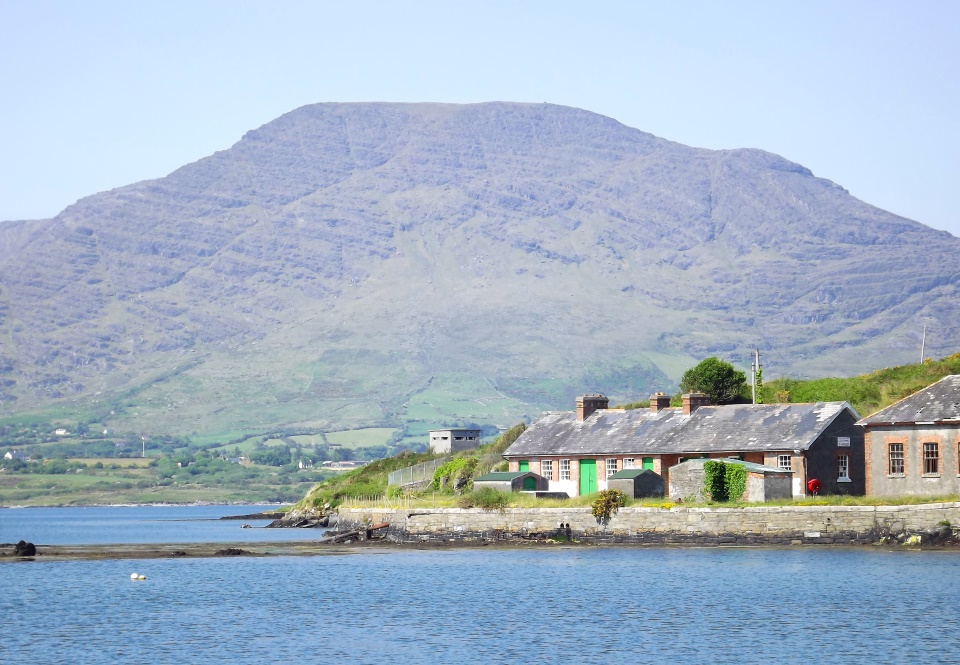
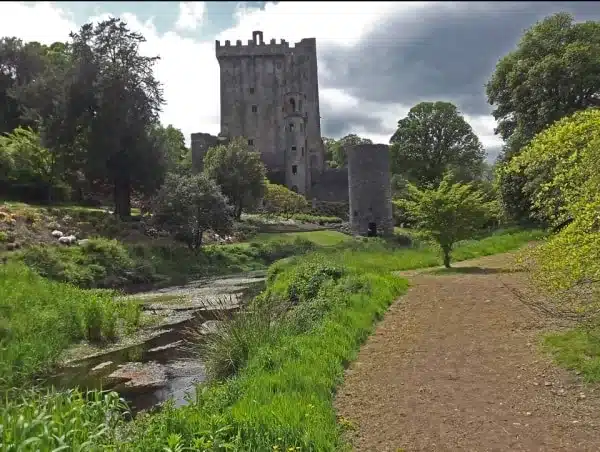
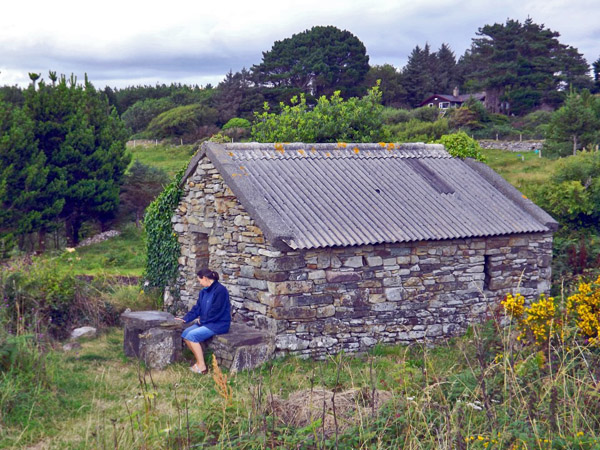
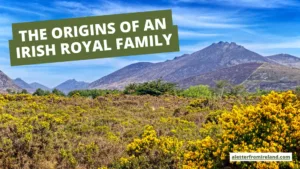

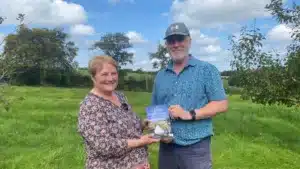

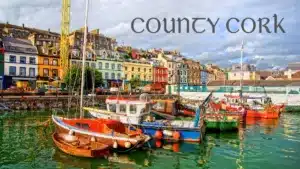

Only Plus Members can comment - Join Now
If you already have an account sign in here.